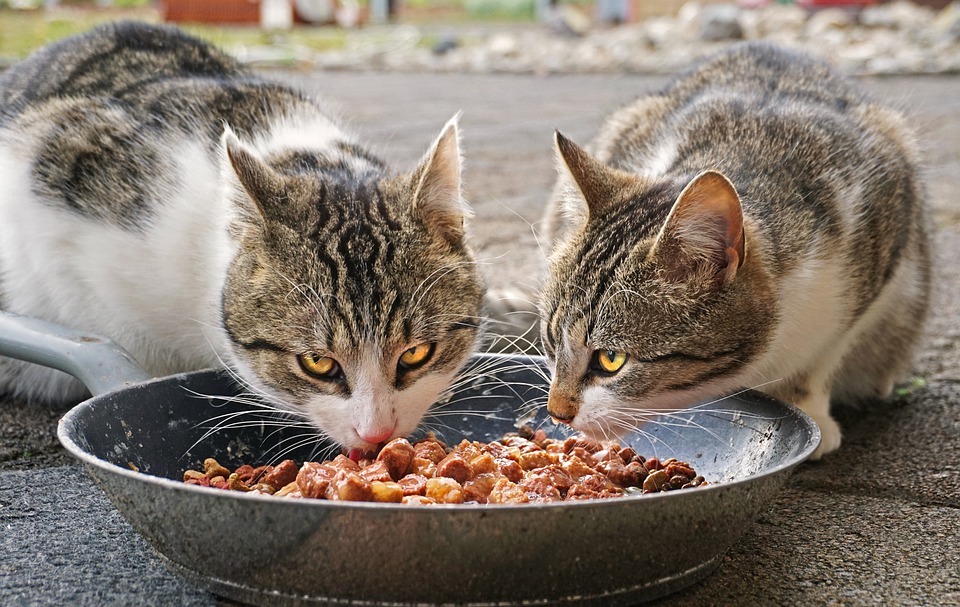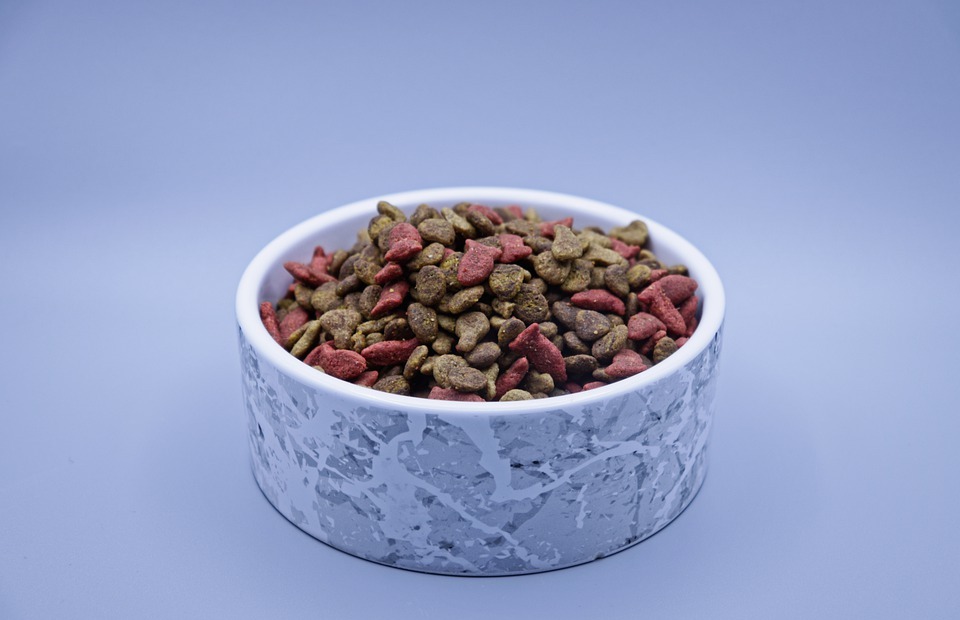This article delves into the question of whether chocolate is toxic to cats, providing a comprehensive overview of the risks associated with feline chocolate consumption. We will explore the reasons behind chocolate's toxicity, examining the different types of chocolate and their varying levels of danger. The symptoms of chocolate poisoning in cats will be discussed, along with practical advice on how to prevent your feline companion from ingesting chocolate and what to do if your cat does eat it. By the end, you will have a thorough understanding of the potential dangers of chocolate for cats and be equipped to take appropriate measures to safeguard your pet.
Part 1: The Dangers of Chocolate for Cats

1.1. The Culprit: Theobromine
Chocolate contains a compound called theobromine, a methylxanthine alkaloid that acts as a stimulant in humans. It's responsible for the pleasant buzz we get from indulging in chocolate. However, cats lack the necessary enzymes to break down theobromine efficiently. This means that when cats consume chocolate, the theobromine builds up in their system, leading to various health problems.
1.2. How Theobromine Affects Cats
Theobromine's impact on cats is far from pleasant. It acts as a stimulant, disrupting their nervous system and leading to a cascade of negative effects. These effects can be categorized into three main areas:
Cardiovascular Effects: Theobromine can increase heart rate, causing palpitations, arrhythmias, and even heart failure in extreme cases.
Gastrointestinal Distress: Vomiting and diarrhoea are common symptoms of chocolate poisoning in cats, as theobromine irritates their digestive system.
Neurological Issues: Theobromine's stimulant effect can lead to hyperactivity, tremors, seizures, and even coma. It can also disrupt their coordination and balance.
1.3. Toxicity Levels: Dark Chocolate vs. Milk Chocolate vs. White Chocolate
The severity of chocolate poisoning in cats depends on several factors, including the type of chocolate consumed, the amount ingested, and the size of the cat. Generally, darker chocolate poses a greater threat due to its higher theobromine content.
Here's a breakdown of the toxicity levels of different types of chocolate:
Dark Chocolate: Contains the highest concentration of theobromine, making it the most dangerous for cats. Even a small amount can cause significant health problems.
Milk Chocolate: Contains less theobromine than dark chocolate, but it can still be toxic to cats, especially in larger amounts.
White Chocolate: Typically has a very low amount of theobromine, rendering it less toxic than dark or milk chocolate. However, it's still best to keep white chocolate out of reach of cats, as it can still cause mild gastrointestinal upset.
1.4. The Role of Size and Sensitivity
The size of the cat also plays a crucial role in the severity of chocolate poisoning. Smaller cats are more susceptible to the effects of theobromine, as they require less to experience toxic symptoms.
Furthermore, individual cats can have varying levels of sensitivity to theobromine. Some cats may experience minimal effects from small amounts of chocolate, while others may suffer severe reactions.
Part 2: Symptoms of Chocolate Poisoning in Cats

2.1. Early Signs of Trouble
The symptoms of chocolate poisoning in cats can vary depending on the severity of the ingestion, but some common signs include:
- Vomiting
- Diarrhoea
- Increased thirst
- Restlessness
- Increased urination
- Hyperactivity
- Tremors
- Rapid heartbeat
- Panting
2.2. More Serious Symptoms
If left untreated, the symptoms of chocolate poisoning can worsen, leading to more serious complications:
- Seizures
- Loss of coordination
- Weakness
- Coma
2.3. When to Seek Veterinary Help
Any suspicion of chocolate ingestion warrants a trip to the veterinarian. If you notice any of the above symptoms, even if they are mild, it's crucial to seek immediate veterinary care.
Part 3: What to Do If Your Cat Eats Chocolate

3.1. Immediate Action
If you suspect your cat has eaten chocolate, it's crucial to act quickly:
Contact your veterinarian immediately: Explain the situation, including the type of chocolate consumed, the estimated amount, and the time of ingestion.
Keep your cat calm and comfortable: Provide a quiet and safe environment for your cat.
Do not induce vomiting: While inducing vomiting might seem like a good idea, it can be dangerous and should only be done under the guidance of a veterinarian.
3.2. Veterinary Treatment
Your veterinarian will assess your cat's condition and may recommend the following:
Activated charcoal: This can help absorb the theobromine in the cat's stomach, preventing it from being absorbed into the bloodstream.
IV fluids: These can help flush out the theobromine and prevent dehydration, especially if the cat is vomiting or has diarrhoea.
Supportive care: Depending on the severity of the poisoning, your cat may require additional treatments such as anti-nausea medication, oxygen therapy, or medications to control seizures.
Part 4: Preventing Chocolate Poisoning in Cats
4.1. Keep Chocolate Out of Reach
The most effective way to prevent chocolate poisoning is to simply keep all chocolate out of reach of your cat. This includes:
Storing chocolate in airtight containers: Keep chocolate securely sealed in cupboards or on high shelves where your cat cannot access it.
Cleaning up spills and crumbs promptly: Any spilled chocolate or crumbs should be cleaned up immediately.
Supervising your cat around chocolate: When you are eating chocolate, be sure to supervise your cat closely and keep it away from any potential sources of chocolate.
Educating children: If you have children, educate them about the dangers of chocolate to cats and encourage them to never give chocolate to your feline companion.
4.2. Be Mindful of Chocolate Products
Many products contain chocolate, so be mindful of the following:
Cocoa powder: This is often used in baking and can be toxic to cats, even in small amounts.
Chocolate cake and desserts: These contain high concentrations of theobromine and should be kept away from cats.
Chocolate-flavoured treats: Be cautious of any treats that contain chocolate, even if they are marketed for pets. Check labels carefully.
Chocolate-based medications: Ensure that any medications you give your cat do not contain chocolate. Consult your veterinarian about any medication that contains chocolate or chocolate-flavouring.
Part 5: FAQs
5.1. How much chocolate is toxic to a cat?
The amount of chocolate that is toxic to a cat varies depending on the type of chocolate, the cat's size, and its individual sensitivity. However, even small amounts of dark chocolate can be dangerous to cats.
5.2. What happens if a cat eats white chocolate?
White chocolate contains very low levels of theobromine and is generally considered less toxic to cats than other types of chocolate. However, it's still best to keep white chocolate out of reach of your feline companion, as it could still cause mild gastrointestinal upset.
5.3. Can cats eat chocolate cake?
No, cats should never eat chocolate cake. It contains high amounts of theobromine and can be very dangerous to them.
5.4. How long does it take for chocolate poisoning to affect a cat?
The symptoms of chocolate poisoning can appear within a few hours of ingestion, but they can also take up to 24 hours to manifest.
5.5. Will my cat be okay if it ate a small amount of chocolate?
It's difficult to say definitively whether your cat will be okay after eating a small amount of chocolate. If you suspect your cat has eaten chocolate, it's always best to contact your veterinarian for advice.
5.6. What can I do to help my cat if it has chocolate poisoning?
The best thing you can do is to contact your veterinarian immediately. They will be able to assess your cat's condition and recommend the appropriate treatment.
In conclusion, chocolate is indeed toxic to cats due to the presence of theobromine. This substance is not metabolized effectively by cats, leading to potential health complications. Always be vigilant in keeping chocolate out of your cat's reach, and contact your veterinarian immediately if you suspect your cat has eaten chocolate. By taking these precautions, you can ensure the safety and well-being of your feline companion.
Everyone is watching

Are Cat Ribs Flexible? Understanding Their Anatomy
CATS & KITTENSThis article delves into the fascinating world of feline anatomy, exploring the flexibility of cat ribs and ho...

Can Cats Eat Bananas? (Everything You Need to Know)
CATS & KITTENSThis article dives into the intriguing question of whether cats can safely enjoy the sweet, yellow fruit, bana...

Cat Lifespan: How Long Do Cats Live?
CATS & KITTENSThis comprehensive guide explores the factors influencing the lifespan of our feline companions, providing ins...

Can Cats Get COVID-19? What You Need to Know
CATS & KITTENSThis article will delve into the fascinating world of feline COVID-19 susceptibility. We'll explore whether ca...

Can Cats Eat Eggs? A Complete Guide to Egg Safety for Your Feline Friend
CATS & KITTENSWhen it comes to treating our furry companions, we all want to ensure we're doing what's best for them. Eggs...
